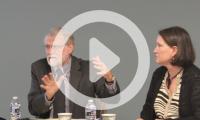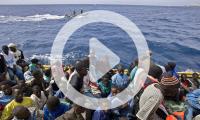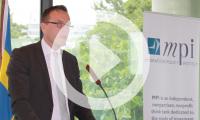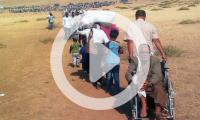Asylum Seekers
Recent Activity

Back from a recent trip to the region, Human Rights Watch researchers discuss the situation of refugees at the Dadaab camp in Kenya and findings from on-the-ground interviews, along with recommendations for the Kenyan government and international community.

This discussion focuses on how governments and actors in the Mediterranean region can work together to expand durable solutions for refugees and coordinate efforts to build welcoming communities for newcomers.

Swedish and U.S. government officials, and MPI's Kathleen Newland discuss global and national responses to rising displacement, innovations in managing migration processes, and attempts to address the dysfunctional aspects of international migration, in a discussion organized by MPI and the Embassy of Sweden to the United States.

Experts discuss how European governments have responded to pressure brought by the recent influx of migrants and refugees, and how the EU asylum reception system can be strengthened to better respond to fluctuation in needs for capacity, improve efficiency and quality, and meet national

MPI Europe expert analysis and discussion with UNHCR and Italian NGO representatives on what is being done and what can be done to connect Syrians and other refugees with opportunities to settle, work, and live outside the immediate region of the Syrian conflict.














